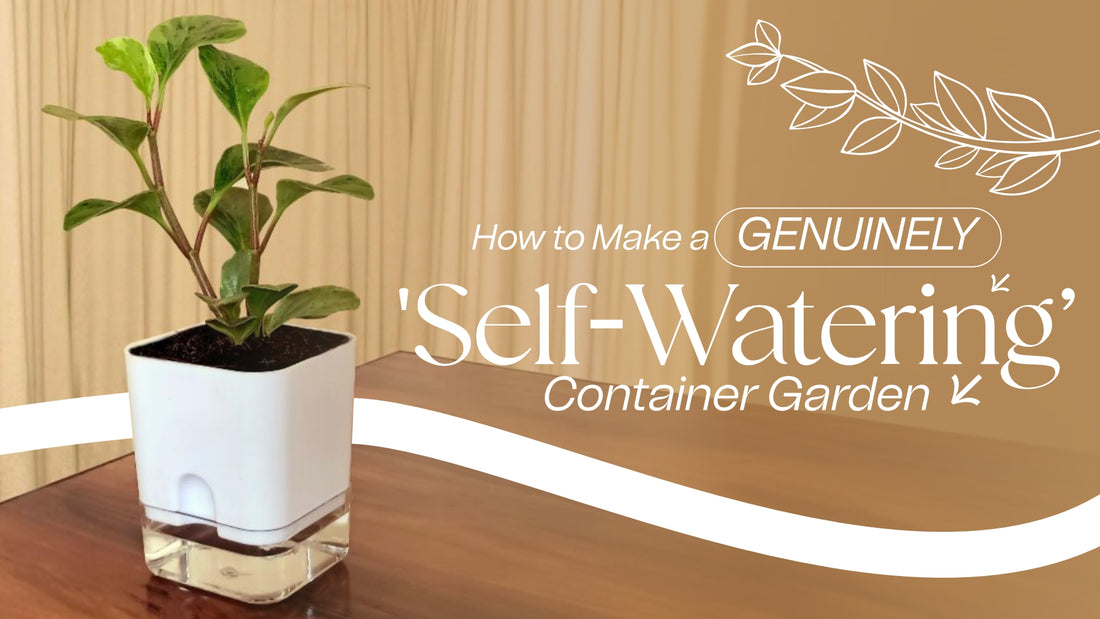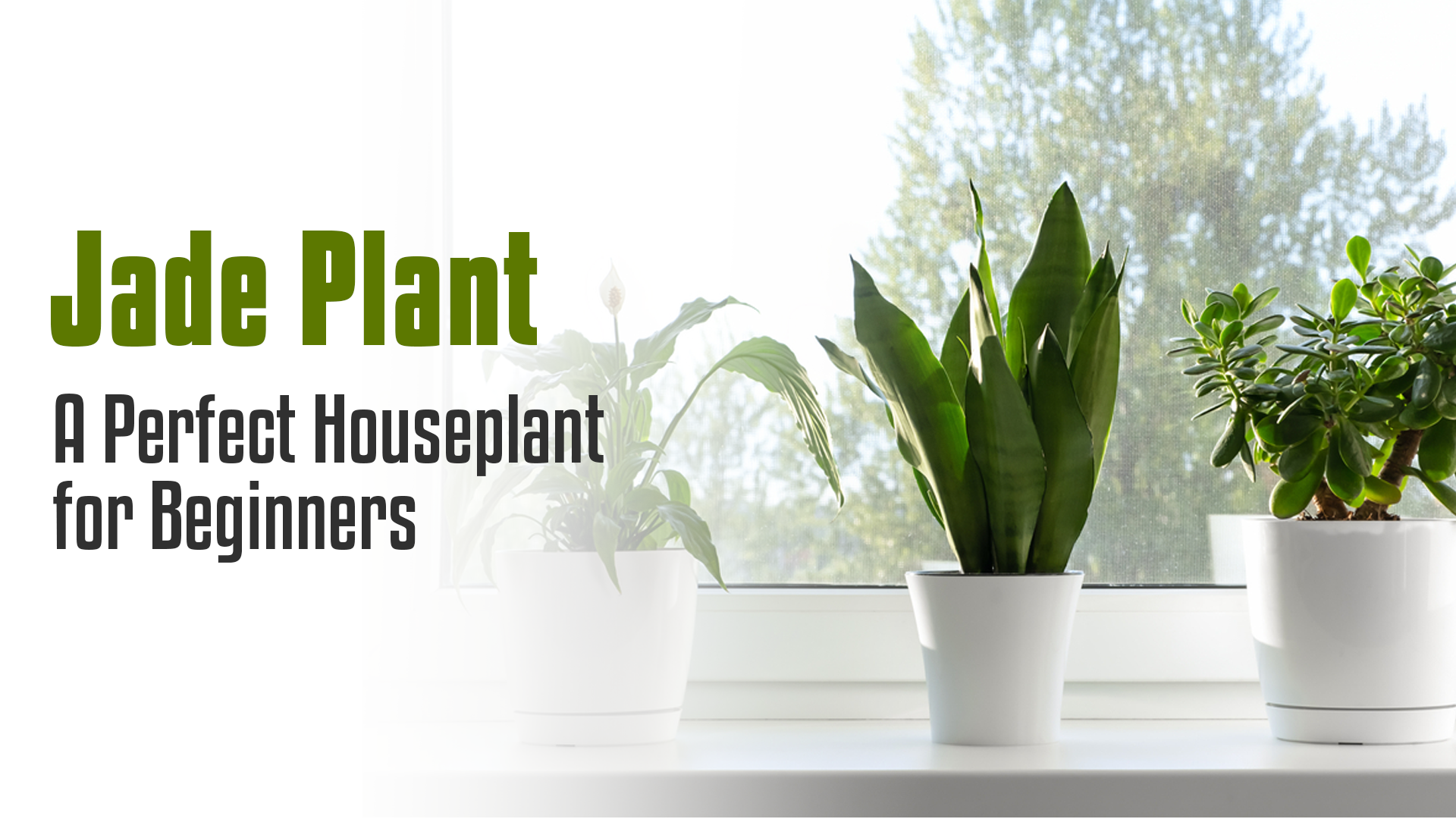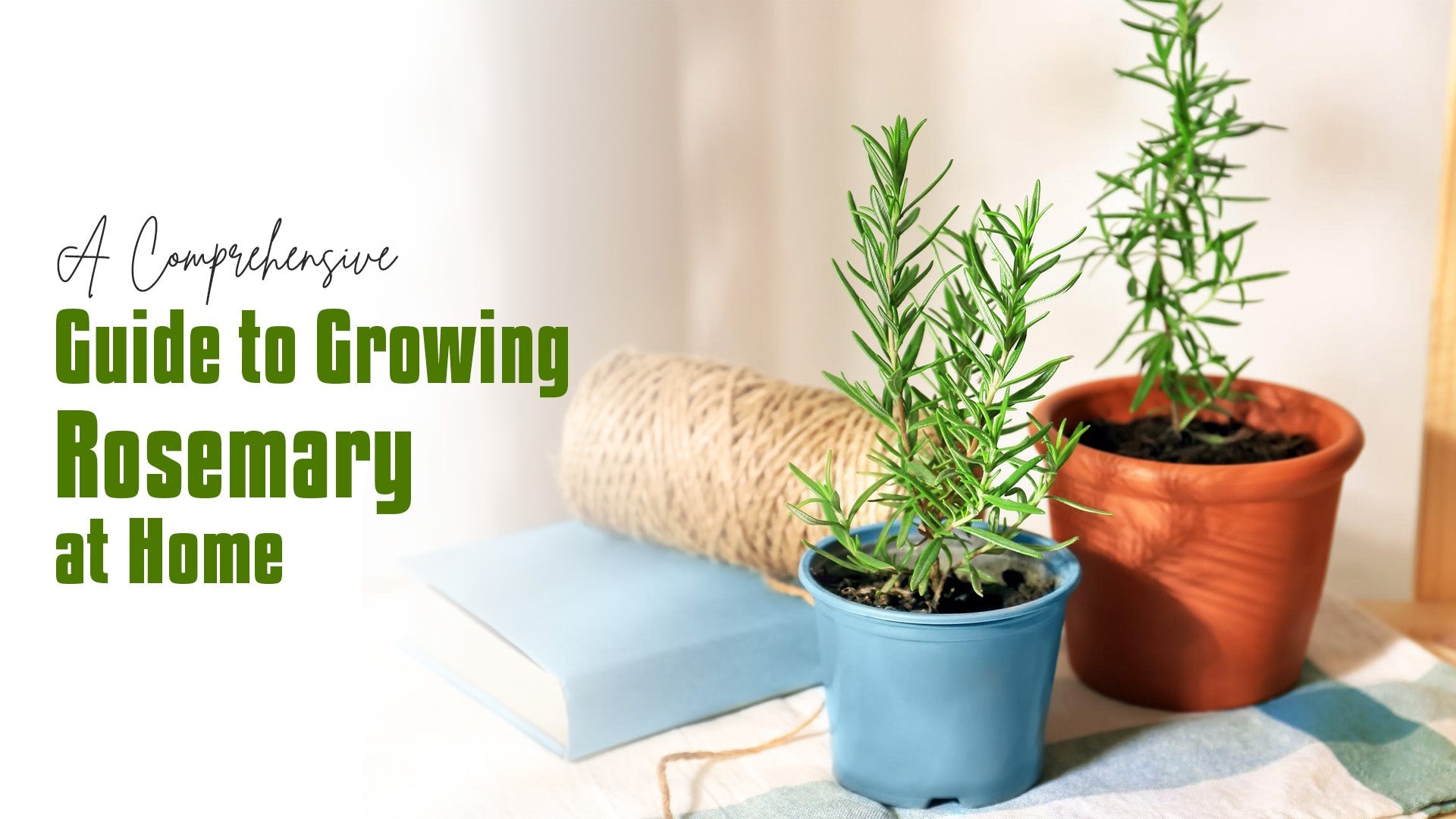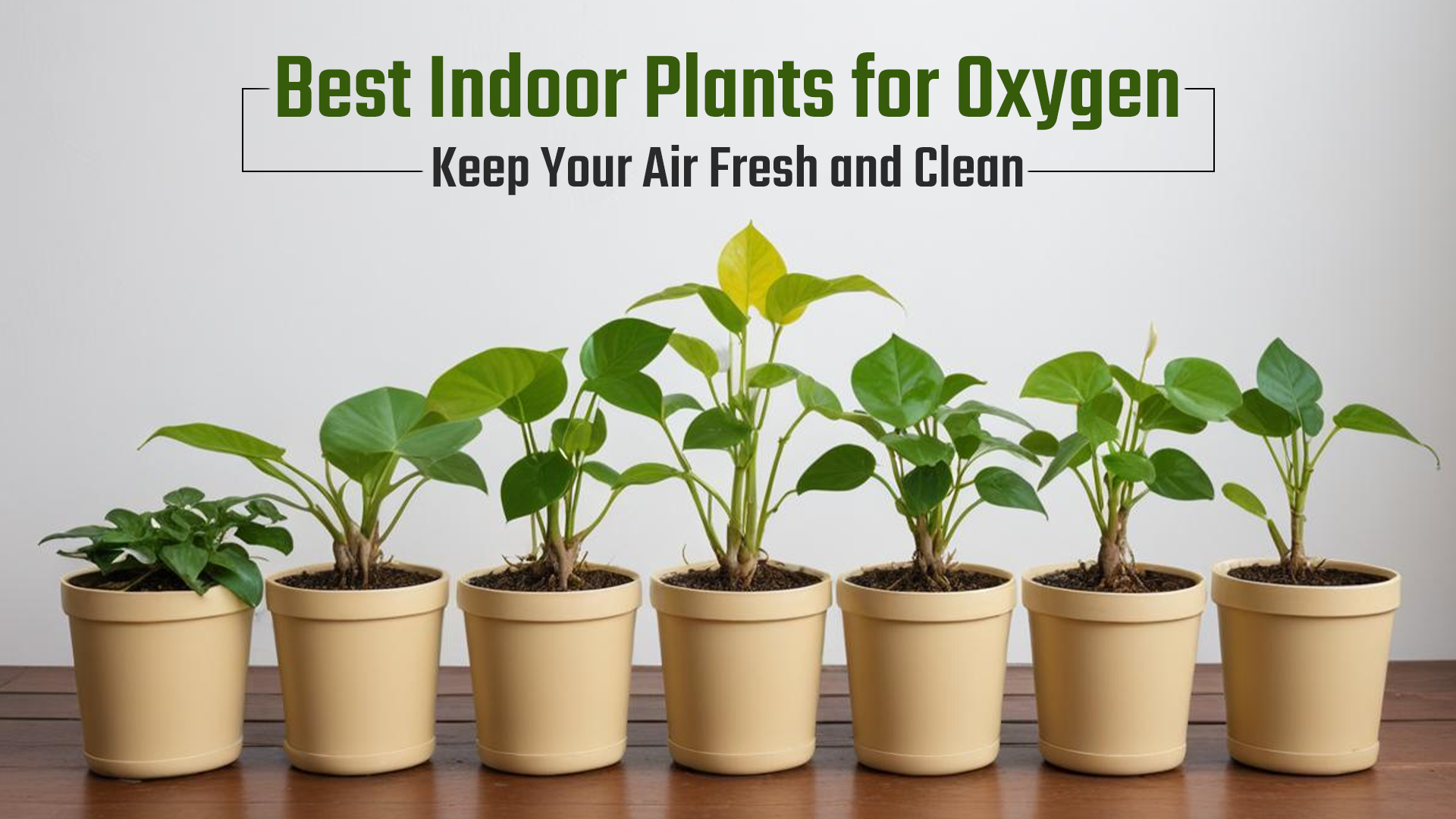
How to Make a Genuinely 'Self-Watering' Container Garden
Tired of constantly worrying about watering your plants? A self-watering container garden is the solution. By creating a system that slowly releases water to your plants, you can enjoy lush greenery without the daily chore. This guide will walk you through the process of how to make a self-watering pot and transform your ordinary container into a self-sustaining oasis.
Materials Needed
To create your self-watering container garden, you'll need the following materials:
- Container: Choose a suitable container with drainage holes.
- Wicking material: This can be cotton rope, fabric strips, or even old t-shirts.
- Gravel: Small pebbles for the water reservoir.
- Potting mix: A high-quality potting mix specifically designed for containers.
- Plants: Select plants suitable for container gardening.
Step-by-Step Guide
1. Choosing the Right Container
The first step in creating a self-watering container garden is selecting the right container. Look for a container with drainage holes to prevent waterlogging. The size of the container will depend on the number and type of plants you want to grow.
2. Creating the Water Reservoir
To create a water reservoir, add a layer of gravel to the bottom of your container. This layer will prevent the wicking material from clogging and ensure proper drainage.
3. Installing the Wicking Material
Cut your wicking material into strips and place them in the container, ensuring one end reaches the water reservoir and the other extends into the potting mix. This will act as a bridge, drawing water up to the plant roots.
4. Adding Potting Mix

Fill the container with high-quality potting mix, leaving enough space for your plants. Avoid compacting the soil to allow for proper air circulation.
5. Planting Your Plants
Carefully plant your chosen plants into the potting mix. Make sure the roots are covered and gently firm the soil around the base of the plants.
6. Filling the Water Reservoir

Slowly add water to the gravel layer, avoiding overfilling. The water level should be below the bottom of the wicking material. Monitor the water level regularly and refill as needed.
Tips for Success
- Choose the right plants: Opt for plants with similar water requirements to avoid issues.
- Maintain proper drainage: Ensure your container has adequate drainage holes to prevent waterlogging.
- Prevent algae growth: Keep the water reservoir clean to avoid algae formation.
- Monitor water levels: Regularly check the water level and adjust as needed based on plant growth and weather conditions.
What Plants Are Good for Self-Watering Pots?
Many plants thrive in self-watering pots. Some popular choices include:
- Herbs: Basil, mint, rosemary, and thyme
- Houseplants: Snake plants, spider plants, and peace lilies
- Vegetables: Tomatoes, peppers, and lettuce
Creating a self-watering container garden is a rewarding project that can transform your outdoor or indoor space. By following these steps and incorporating the right materials, you'll enjoy the benefits of a thriving garden with minimal effort.
With a little patience and experimentation, you can master the art of how to make a self waterer for your garden. Happy gardening!
Frequently Asked Questions
1.How to prepare self-watering pots?
To prepare a self-watering pot, you will need to:
- Choose a suitable container: Select a pot with drainage holes.
- Create a water reservoir: Add a layer of gravel to the bottom of the pot.
- Install a wicking system: Use cotton rope, fabric strips, or other wicking material to transport water to the soil.
- Add potting mix: Fill the pot with high-quality potting mix, leaving space for plants.
- Plant your seedlings: Carefully plant your chosen plants.
- Fill the water reservoir: Add water to the gravel layer, ensuring it doesn't reach the wicking material.
2.How do you convert a normal pot to self-watering?
You can convert a normal pot to self-watering by following these steps:
- Drill drainage holes: Ensure the pot has adequate drainage.
- Create a water reservoir: Use a smaller pot or container inside the larger pot to hold water.
- Install a wicking system: Use a wicking material to connect the water reservoir to the soil.
- Fill with potting mix: Add potting mix around the inner container.
- Plant your plants: Carefully plant your seedlings.
- Fill the water reservoir: Add water to the inner container.
3.What materials do you need for self-watering plants?
To create a self-watering system, you'll need:
- A suitable container
- Gravel
- Wicking material (cotton rope, fabric strips, etc.)
- High-quality potting mix
- Plants
4.How do you make a self waterer for your garden?
You can make a self-watering system for your garden by:
- Choosing a suitable container: Select a large container or repurpose an old bucket.
- Create a water reservoir: Use a separate container within the larger one for water storage.
- Install a wicking system: Use a thick wicking material to transport water.
- Fill with potting mix: Fill the container with potting mix.
- Plant your plants: Choose plants suitable for container gardening.
- Fill the water reservoir: Regularly check and refill the water reservoir.
5.What plants are good for self-watering pots?
Many plants thrive in self-watering pots. Popular choices include:
- Herbs: Basil, mint, rosemary, and thyme
- Houseplants: Snake plants, spider plants, and peace lilies
- Vegetables: Tomatoes, peppers, and lettuce






